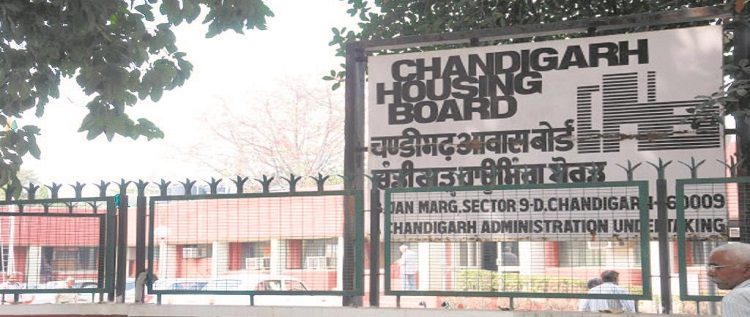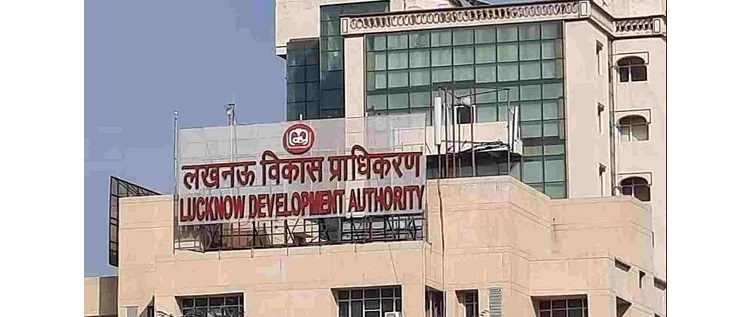Indian real estate was devoid of any appreciable forward momentum in 2019. Dwindling consumption, lacklustre investment appetite and the global slowdown overshadowed all possibilities for growth. India’s GDP growth rate stuttered and sunk to a six-year low of 4.5% in Q2 FY20. The real estate sector's performance - a reliable barometer of India's overall economic health - painfully reflected the macro-economic state of affairs. The liquidity crisis did not relent and dented any ‘real’ growth during the year.
As per ANAROCK Property Consultants , “Multiple developers fell off the grid while others still struggle to stay viable. However, strong players with healthy balance sheets - in many cases diversified beyond real estate - sailed through 2019 and recorded decent housing sales and revenue growth. Towards the end of 2019, more than 72% (approx. USD 47 bn or nearly INR 3.3 lakh crore) of the total loans advanced to Grade A builders (USD 65 bn) are safe and stress-free. Grade B and C developers collectively accounted for just USD 28 bn of the total loan advances.” Commercial office real estate flourished and remained the top-ranking real estate asset class. Residential continued to struggle under the funding crunch and slow annual sales growth. Other asset classes like co-working, logistics & warehousing, co-living and student housing gained traction in 2019, attracting slow but steady investments (collectively USD 210 mn). Government's Housing Interventions - Amidst the gloom, the government gave real estate major shots in the arm in the first leg of its second term in office. There were concerted attempts to revive the economy while simultaneously addressing challenges in the struggling automobile, real estate and retail industries. Most notable among these: The creation of an alternative investment fund of INR 25,000 Crore for last-mile funding of stalled housing projects Deep cuts in corporate taxes. Further relaxation in FDI norms for single-brand retail and expansion of the definition of mandatory 30% domestic sourcing norms. While these interventions have not shown any significant impact so far, they have boosted the confidence of India Inc. and the affected sectors. “2019 saw RERA gain firmer ground with over 40% growth in project registrations,” says Anuj Puri. “To make under-construction projects more attractive, the government slashed GST rates to 5% - unfortunately, without ITC benefit. The government also took a major step towards safeguarding homebuyers’ interests by banning the once-popular (but often misleading) subvention schemes. RBI reduced the repo rates by a significant 135 bps all through 2019 and mandated commercial banks to link home loan rates to it.” All in all, in terms of policy interventions in 2019, real estate drew considerable fire but failed to display appreciable growth. The seeds sown in 2019 are expected to bear visible fruit in 2020.E - PAPER
Indian Real Estate Hit Slow Track in 2019, Govt. Sops Rekindle Hope for 2020
Indian real estate was devoid of any appreciable forward momentum in 2019. Dwindling consumption, lacklustre investment appetite and the global slowdown overshadowed all possibilities for growth. India’s GDP growth rate stuttered and sunk to a six-year low of 4.5% in Q2
 BY
Realty Plus
BY
Realty Plus
Published - Friday, 13 Dec, 2019

RELATED STORY VIEW MORE
TOP STORY VIEW MORE

Mixed Outlook for Australia's Housing Sector In 2024
Mixed Outlook for Australia's Housing Sector In 2024
05 December, 2024NEWS LETTER
Subscribe for our news letter
E - PAPER
-

CURRENT MONTH 
LAST MONTH














